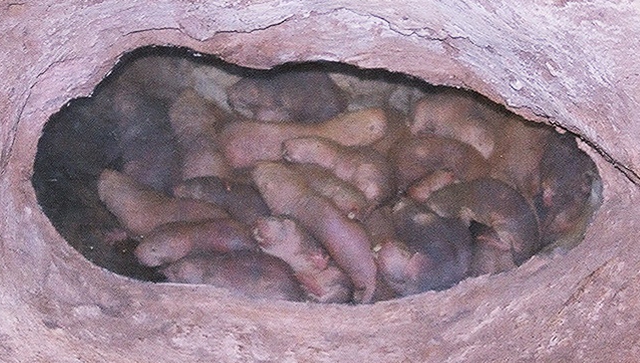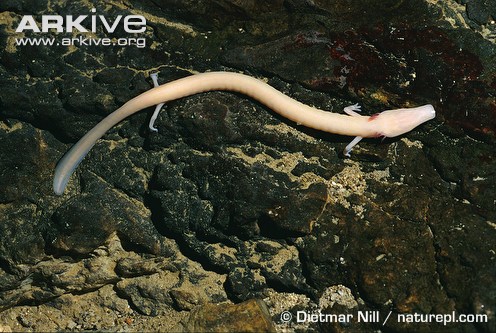As far as I know, crows are the first species witnessed using tools since Dr. Jane Goodall discovered chimps using tools and debunked the theory that tool use was a distinguishing feature of humans. I've seen another video where the crows are given materials and they have to make their own tools. You can see them make a tool and use trial and error to test and improve on it until they get the reward. Incredible stuff.
As for Alex, I have wondered whether or not his asking to stop the exercises was boredom or stress. Throughout his life he was often in poor physical condition- lots of feathers that he had torn out of himself, which I would interpret as an indicator of stress. I haven't watched enough of his handler's discussions to see if that was ever discussed. They say Alex has the capacity for reason equivalent to a 5 year old child, which is just amazing. He would ask questions unrelated to his present situation which shows a totally different relationship between an animal and its experience of time and the world than we considered before.




 Reply With Quote
Reply With Quote but they're pretty high up on it, because of their intelligence.)
but they're pretty high up on it, because of their intelligence.)









